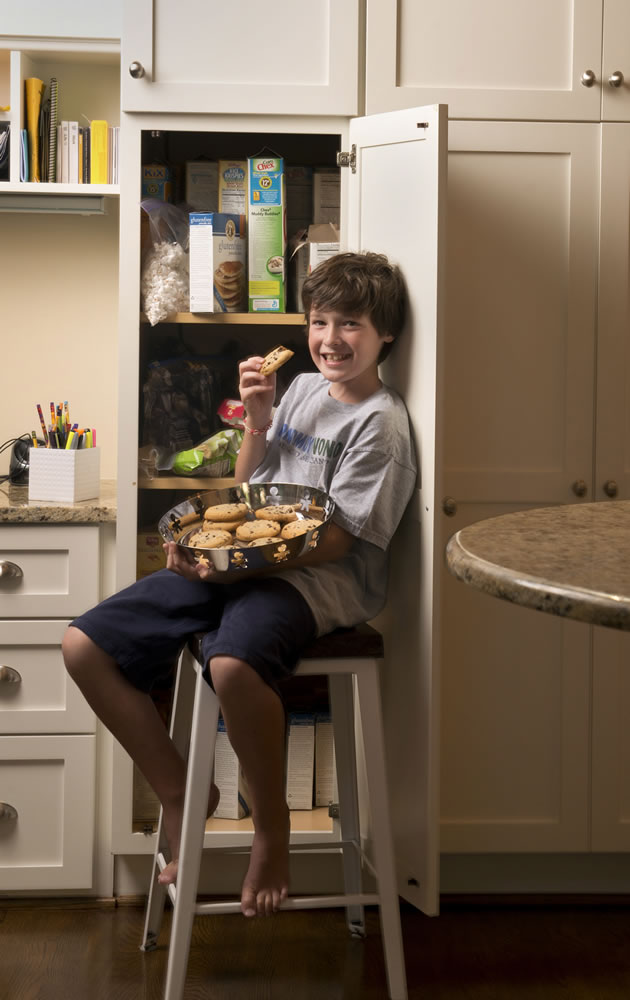Last year, Eli Waldman’s fifth-grade science class built a model from graham crackers, marshmallows and cake icing to demonstrate how the Earth’s tectonic plates shift.
Afterward, students were given permission to, well, consume their work. As the kids dug in, Eli, 11, was the odd man out. He has celiac disease, so those foods were not safe for him.
“He had to sit there and watch,” said his mother, Alison Waldman of Arlington, Va. “Eli came home that day and was just devastated.”
Stories like Eli’s are common among children with celiac disease. The disorder, which affects approximately one in 100 American adults and children, is defined by an immune reaction to gluten, a protein found in bread, pasta, pizza crust, cookies, crackers and many other foods containing wheat, barley or rye. Gluten, which often serves as a binder, is even present in many ice creams, sauces and salad dressings, as well as in some lip balm and vitamins. The immune reaction causes an inflammation in the small intestine, which can lead to a host of problems: abdominal pain, small intestine damage, muscle cramps, fatigue, weight loss and stunted growth. Left untreated, celiac disease may also trigger nervous system diseases and reproductive problems.



